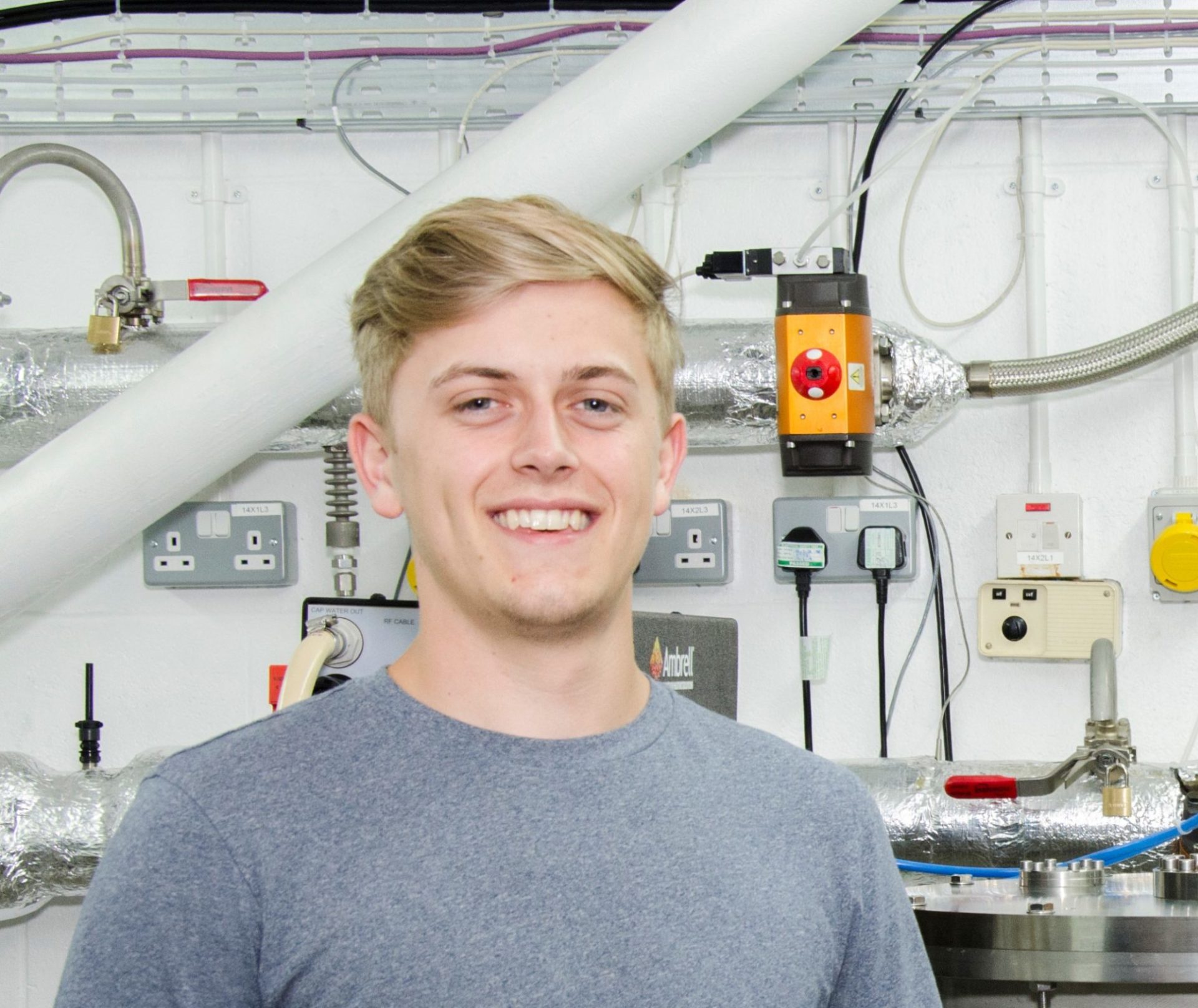Apprentice Case Study: Matthew Dearing

Apprenticeships offer a great opportunity to gain valuable work experience whilst honing your knowledge and skills through a qualification recognised by industry. UKAEA Mechanical Engineering Apprentice, Matthew Dearing, explains why this balance is so important to him and his career aspirations.
During his apprenticeship, Matthew has worked on complex and experimental projects, as well as gaining practical skills in the workshop. Now in his final year, he is already thinking about how to continue his learning journey through a mechanical engineering degree.
We chatted to him as he reflected on why his apprenticeship experience has been such a valuable step on his ambitious journey.
Why did you choose an apprenticeship?
I knew that I wanted to continue my education after Sixth Form, but I didn’t feel that university was the right option for me. I wanted to gain valuable work experience whilst working towards a qualification that will enable me to progress to Higher Education. My apprenticeship will put me in a strong position to continue on to a mechanical engineering degree and progress towards becoming chartered.
Did you have a particular career in mind when you made your decision? If so, what and why?
I have always been interested in a career in engineering. I wanted to become a mechanical engineer because they are involved in taking products from initial conception all the way through to delivery. I wanted to learn and be part of every element of the process, and especially the manufacturing. Having a good understanding of manufacturing helps with every other part of the process too, such as assembly design.
What sort of projects have you been/are you working on?
The majority of my work is design, manufacture, installation and testing on a small high heat-flux experimental facility known as HIVE (Heating by Induction to Verify Extremes), which is onsite at UKAEA. Various geometries or experimental components are exposed to a heat flux within a vacuum, with lots of different diagnostic equipment.
Another project I have been involved in is STEP (Spherical Tokamak for Energy Production), which is investigating the effect of nanoparticles in a colloid, used in the place of a coolant through a fusion-relevant geometry.
How has the apprenticeship programme been beneficial to you and your career?
The work experience I’ve gained throughout my apprenticeship has been invaluable and will help me wherever I go. Even if I decided to move away from an engineering career, my experience will make me a valuable team member for any employer.
My apprenticeship has also given me the opportunity to meet some amazing people across the site, and so the networking aspect has been incredibly useful too.
What would you say are the benefits and what advice would you offer to those looking to apply to the OAS apprenticeship programme?
The main benefit from my perspective is definitely the work experience, in combination with the necessary theory that I’ve learned in the training centre. My advice to others would be to really research the course and look into the deliveries, to make sure that the course you choose works for you – that’s what I did!